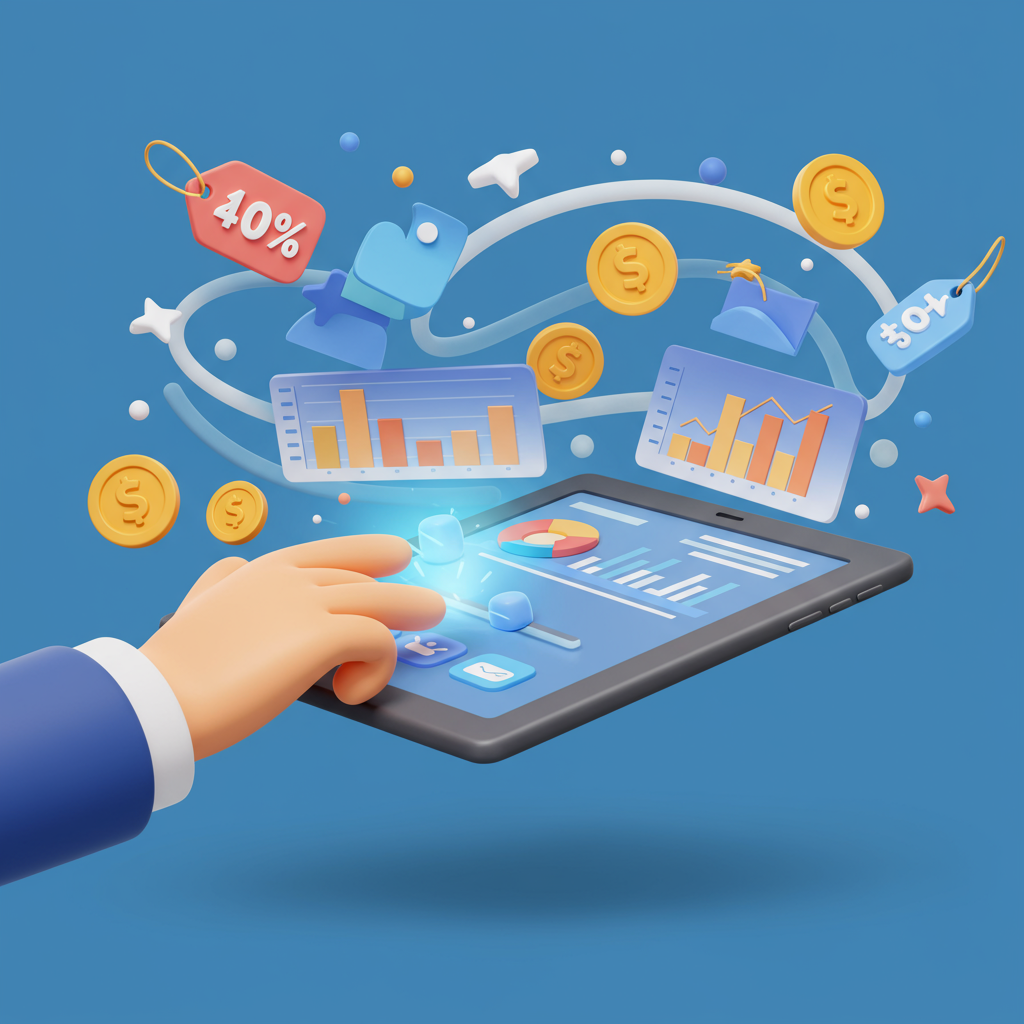Unlock the full profit potential of your e-commerce store with strategic pricing techniques.
Hello fellow Shopify merchants! Today, I want to dive deep into a topic that can truly make or break your e-commerce success: pricing optimization.
It’s not just about picking a number; it’s about strategically setting prices that maximize your profits while still attracting and retaining customers.
Many of us start with a simple cost-plus model, adding a margin to our production costs. While a good starting point, it often leaves money on the table.
True pricing optimization involves understanding your costs, your market, your customers, and the perceived value of your products.
Let’s begin with the absolute foundation: knowing your numbers. You must have a crystal-clear understanding of all your costs.
This includes not just the direct cost of goods sold (COGS) but also shipping, packaging, marketing, transaction fees, and even your time.
Once you know your baseline, you can start exploring various pricing strategies beyond simple markup.
One powerful approach is **Value-Based Pricing**. This strategy focuses on what your customer perceives your product to be worth, rather than just its cost.
If your product solves a significant problem or offers unique benefits, you might be able to command a higher price than your competitors.
Consider the emotional connection, the time saved, or the enhanced experience your product provides. These are all part of its value.
Next, we have **Competitive Pricing**. This involves setting your prices based on what your competitors are charging for similar products.
While it’s essential to be aware of your competition, avoid a race to the bottom. Being the cheapest isn’t always the most profitable strategy.
Instead, use competitive pricing as a benchmark. If you offer superior quality or service, you can justify a slightly higher price.
**Psychological Pricing** is another fascinating area. This involves using pricing tactics that appeal to consumers’ emotions and buying habits.
Think about “charm pricing,” like setting a price at $9.99 instead of $10.00. It makes the price seem significantly lower.
Or “prestige pricing,” where higher prices are used to signal quality or exclusivity, often seen in luxury goods.
The “decoy effect” is also powerful. Offering three options (e.g., small, medium, large) where the medium option is priced to make the large option seem like a much better deal.
**Tiered Pricing** and **Bundling** are excellent for increasing average order value. Offer different versions of your product at varying price points.
For example, a basic package, a premium package with extra features, and a deluxe package with all the bells and whistles.
Bundling allows you to sell multiple products together at a slightly reduced price than if bought individually, encouraging larger purchases.
**Dynamic Pricing** is becoming more common, especially with Shopify apps. This involves adjusting prices in real-time based on demand, inventory levels, or even competitor pricing.
While complex, it can be incredibly effective for maximizing revenue during peak seasons or clearing excess stock.
Don’t forget the power of **A/B Testing** your prices. Shopify allows you to duplicate products, and with some apps, you can test different price points with different segments of your audience.
This data-driven approach helps you understand what price points resonate best with your target customers without guessing.
Regularly analyze your Shopify analytics. Look at conversion rates at different price points, average order value, and customer lifetime value.
Are your discounts actually driving more profit, or are they just eroding your margins? Sometimes, a perceived discount can be more effective than a deep cut.
Consider how your shipping costs impact your pricing strategy. Free shipping, even if built into the product price, can be a huge conversion driver.
Your refund and return policy also plays a role. A generous policy can justify a slightly higher price by reducing perceived risk for the customer.
Remember, pricing is not a one-time decision. It’s an ongoing, iterative process that requires constant monitoring and adjustment.
Stay informed about market trends, new competitors, and changes in customer preferences. Your optimal price today might not be your optimal price tomorrow.
There are many Shopify apps designed to help with pricing, from dynamic pricing tools to subscription management and A/B testing solutions. Explore them!
Finally, I want to ask you: What are your thoughts on these pricing optimization techniques? Have you tried any of them, and what were your results?
By continuously refining your pricing strategy, you’re not just setting a price; you’re crafting a pathway to sustainable growth and increased profitability for your Shopify store.
I encourage you to experiment, analyze, and adapt. Your customers and your bottom line will thank you for it.






